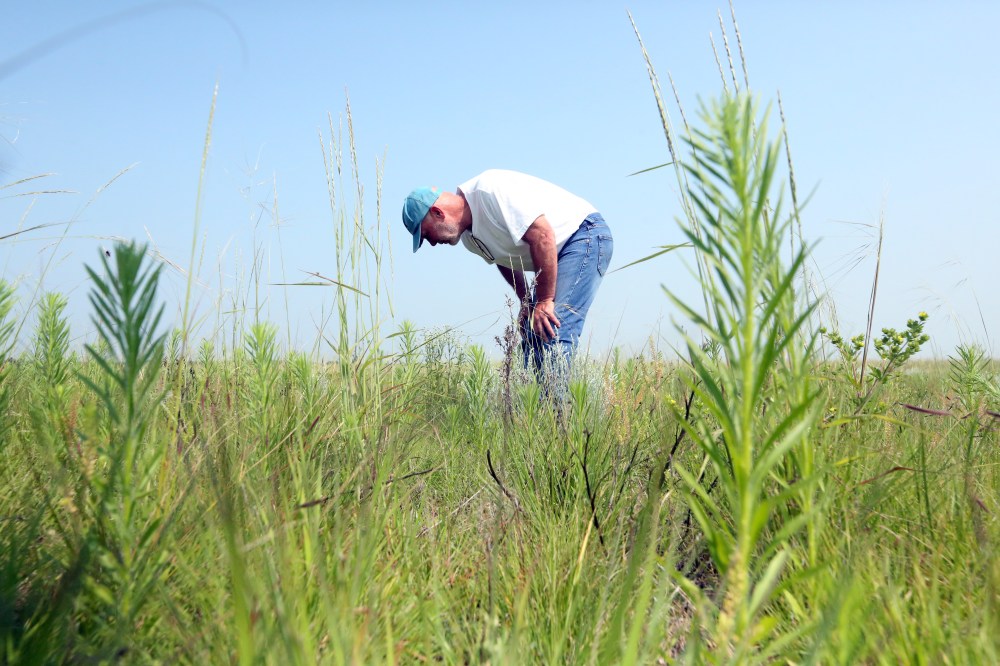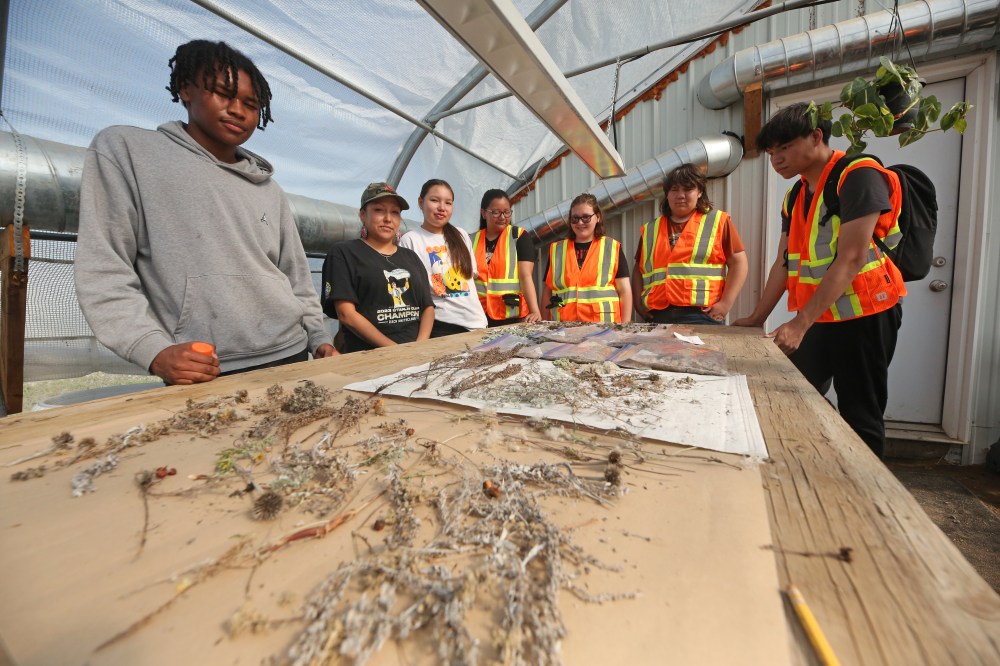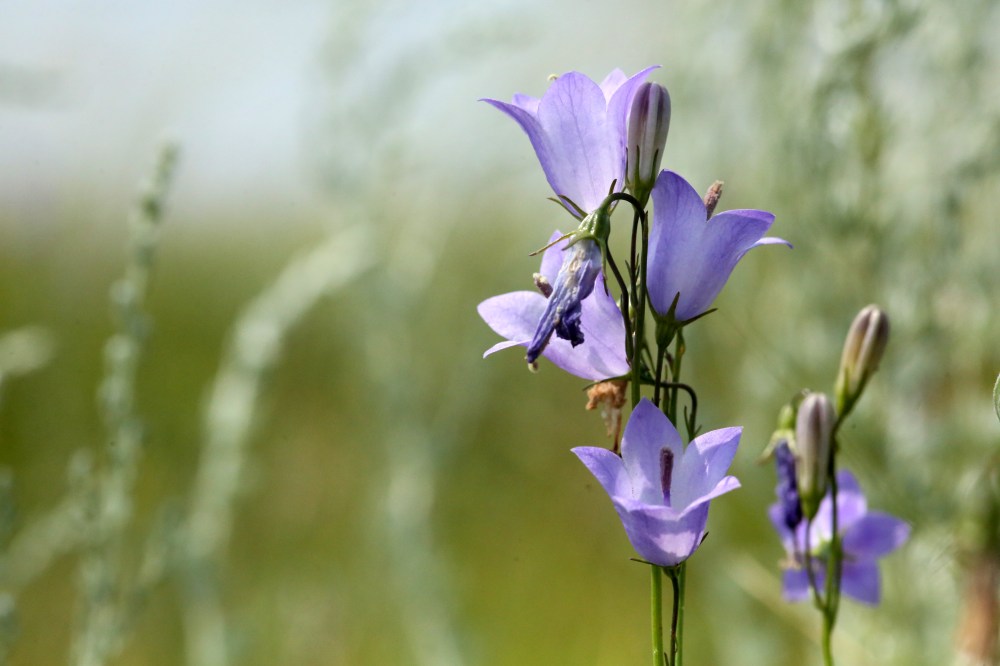Groups work to restore native grasslands
Advertisement
Read this article for free:
or
Already have an account? Log in here »
We need your support!
Local journalism needs your support!
As we navigate through unprecedented times, our journalists are working harder than ever to bring you the latest local updates to keep you safe and informed.
Now, more than ever, we need your support.
Starting at $15.99 plus taxes every four weeks you can access your Brandon Sun online and full access to all content as it appears on our website.
Subscribe Nowor call circulation directly at (204) 727-0527.
Your pledge helps to ensure we provide the news that matters most to your community!
To continue reading, please subscribe:
Add Brandon Sun access to your Free Press subscription for only an additional
$1 for the first 4 weeks*
*Your next subscription payment will increase by $1.00 and you will be charged $20.00 plus GST for four weeks. After four weeks, your payment will increase to $24.00 plus GST every four weeks.
Read unlimited articles for free today:
or
Already have an account? Log in here »
Hey there, time traveller!
This article was published 18/07/2024 (470 days ago), so information in it may no longer be current.
RM of ELLICE — On a picture-perfect summer day, John Skinner’s pickup truck bounces down a tire trail that cuts through the Ellice/Archie Community Pasture — one of the last remaining expanses of native prairie grassland in Manitoba.
The green of rolling prairie hills meets blue skies on the horizon as we trundle through the pasture land that holds intact an original mixed-grass prairie full of native Manitoba flora and fauna. It’s what the western Manitoba prairie likely looked like before the modern age.
“It’s a hidden gem. It’s one of the nicest pieces of Prairie left in Manitoba,” says Skinner, who talks with passion about the unchanged nature of this particular pasture.
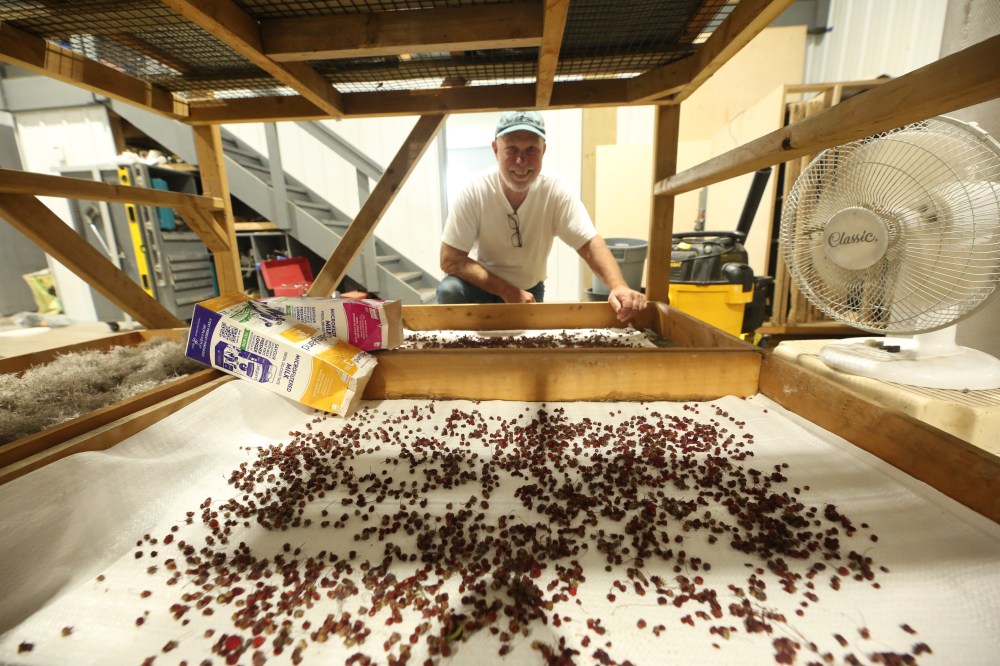
“I’d say the Association of Manitoba Community Pastures does a really good job of looking after their native prairies. I’ve been working with these guys. They know their grasses, and they work hard to look after them for sure.”
The AMCP, in conjunction with groups like Nature Conservancy Canada, work to protect and restore prairie pasture habitats like the Ellice/Archie Community Pasture. And that restoration work is ongoing, even here.
Skinner, a retired teacher and principal turned horticulturist, lives on his family homestead south of Roblin and operates Skinner Native Seeds with his son Michael Skinner. Both men have extensive knowledge of prairie ecology and seed production, and are active in ecological restoration projects in Manitoba and Saskatchewan. Skinner has spent the last 25 years of his life perfecting the process of turning agricultural land back into native Prairie grassland.
A few years ago, NCC came to Skinner with a proposal to restore several plots of prairie land at the Ellice/Archie Community Pasture that had been previously turned to farmland — 350 acres all told.
To restore and reclaim prairie grassland is a labour-intensive five-year project. But the end result is a living, breathing prairie ecosystem.
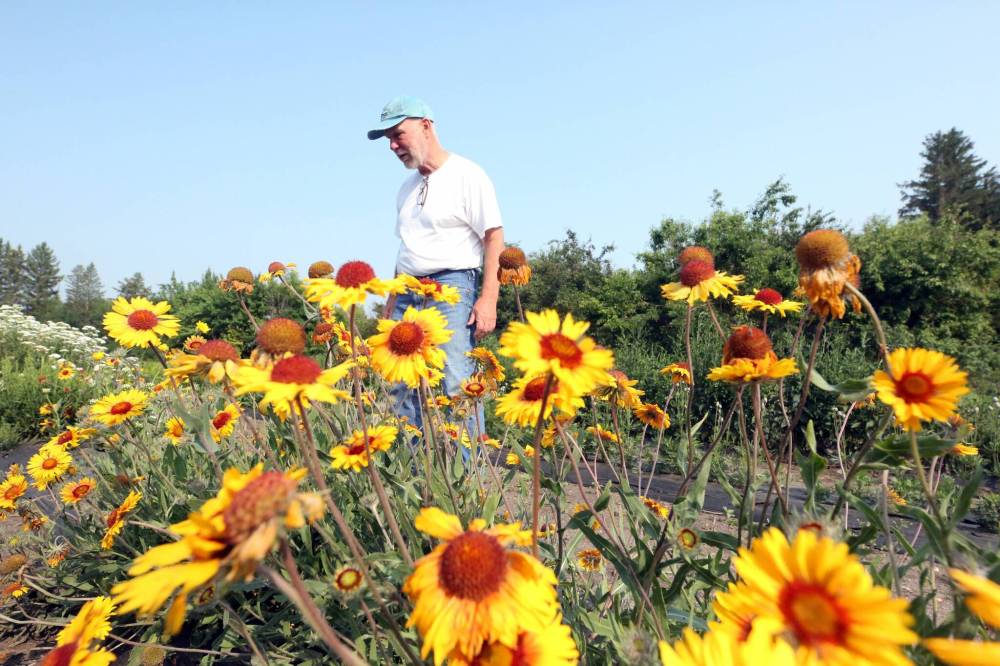
The truck comes to a stop in front of a rusty barbed-wire fence that follows the downward flow of a hill to the east. Upon opening the truck door, the pungent yet flowery aroma of prairie sage grass hits the nose unexpectedly. The characteristic scent that reaches out from a different time.
We clamber through the barbed wire into an expanse of thin prairie grass and native plants on 50 acres of pasture land. The grasses were planted three years ago, and you can just make out the original rows at this mid-point in the five-year plan. Skinner says by the end of five years, the rows should no longer be visible.
Two other plots of 75 acres are situated nearby, one planted last year and the other planted this past spring. When asked to offer an estimate of wild plants that now make up the pasture land as a result of his restoration efforts, Skinner says 95 to 98 per cent of the flowers and grasses are now native Manitoba plants.
That NCC came to John Skinner was likely no accident. The horticulturalist actively forages for native grass and wildflower seeds on the Ellice/Archie pasture — with permission of course — as well as other locations in western Manitoba.
“NCC has a nice really working relationship with the community pasture,” Skinner said. “So through them, we’ve gotten access to seed, which is really good, I think.
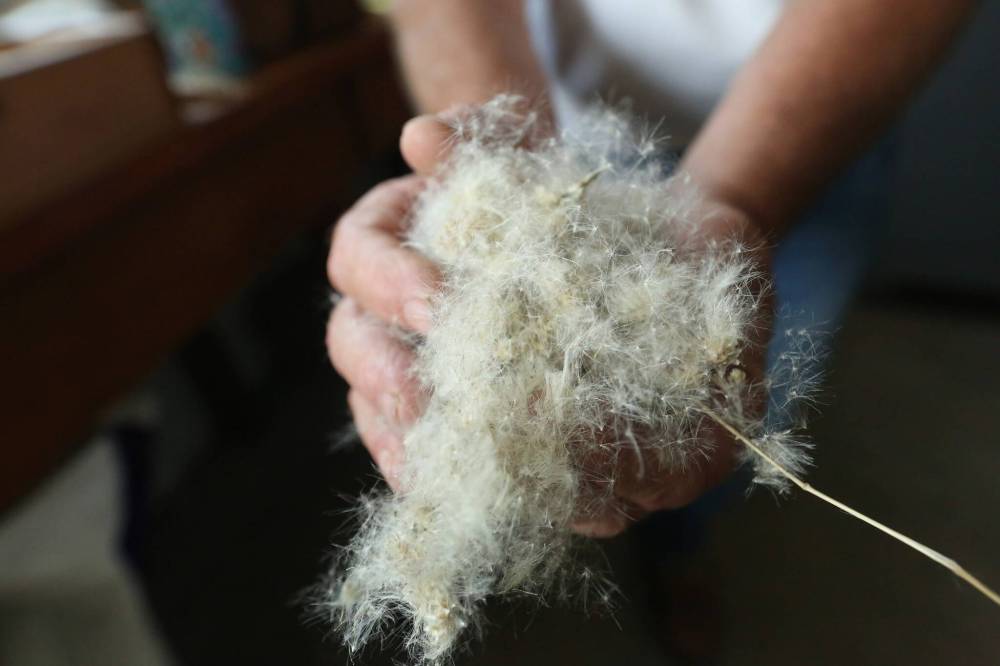
The project is a template of sorts for other restoration projects that Skinner has taken on in recent years, including a 98-acre bison pasture prairie restoration at Sioux Valley Dakota Nation, about 50 kilometres west of Brandon.
“With Sioux Valley, they’re looking at providing pasture for a really nice bison herd. And I don’t think there’s anything more appropriate for a herd of bison than native prairie.”
In 2023, the reserve’s land advisory committee visited Skinner and told him of their plans to reseed pastures where their wood bison graze, to create a rich, diverse ecosystem that will benefit not only the bison, but other species of birds and animals.
Skinner advised the committee to start with a three-grass blend made up of the traditional grasses that were native to the area before crops and invasive species were planted. He also showed the committee the types of equipment they can use in their seeding.
But even as Skinner works to further projects like the one at Sioux Valley, he needs to continually replenish his stock of seeds by going out into the field to gather the necessary seeds — a necessary but time consuming process. Just a large handful of seeds can take a half hour to forage and pick, depending on the plant, and then another half hour to clean.
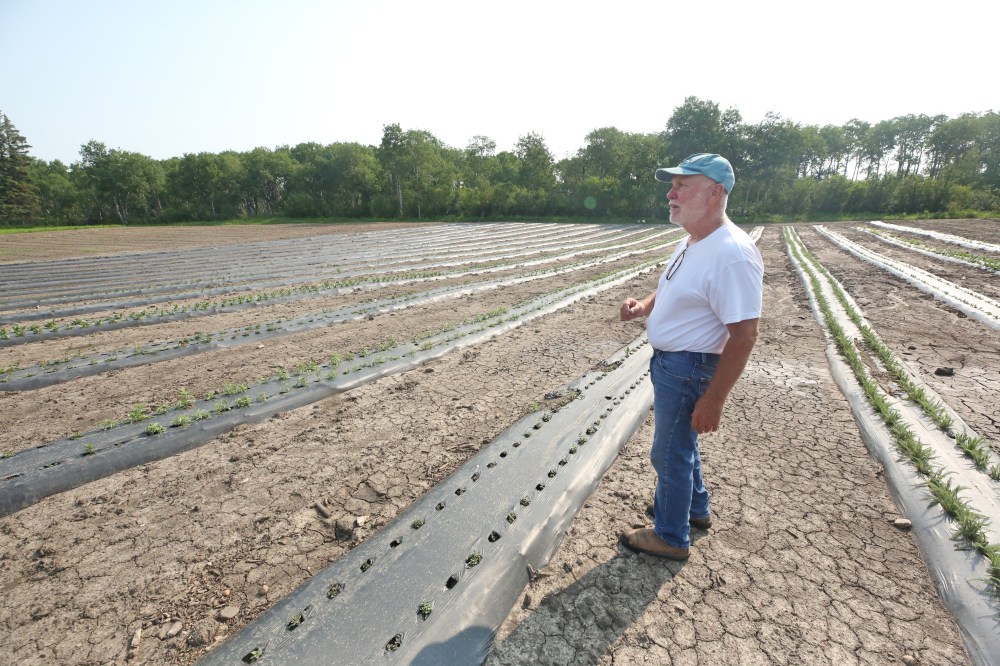
Back on his farm south of Roblin, he and his family and staff sort and dry gathered seeds, with many of them being placed into test plots on his land for germination and eventual harvest. Skinner’s hope is to create enough volume for wildflower and grass seeds that it becomes easier to carry out projects like those at Sioux Valley and Ellice/Archie.
“This year, I’m hoping that we’ll have a harvest of 100-plus pounds of wildflower seed from our plots,” Skinner said. “It’s a lot of plant material to deal with because we’ve got to dry it. And we have to figure out ways to mechanically harvest and so, like I say, we’re looking at the Asian model of cultivation, because they grow small fields, and have equipment that you walk behind and that sort of thing. John Deere doesn’t do a lot for us in this situation but Hyundai might do something for us.”
Some of Skinner’s work has included teaching others about the gathering of native plants for restoration work — a natural line of work for a career teacher. For those involved with the restoration project at Sioux Valley, Skinner’s help has been invaluable.
“He’s taught us so much. And I think, yeah, it’s good relationship with him for sure,” said Sioux Valley’s grasslands manager Jessica McIvor.
The First Nation’s grassland restoration committee has involved several interested Sioux Valley students in the work to restore the reserve’s pasture land for the bison. And with Skinner’s help, this included showing the students and the committee members how to harvest native seeds last fall, specifically wildflower seeds.
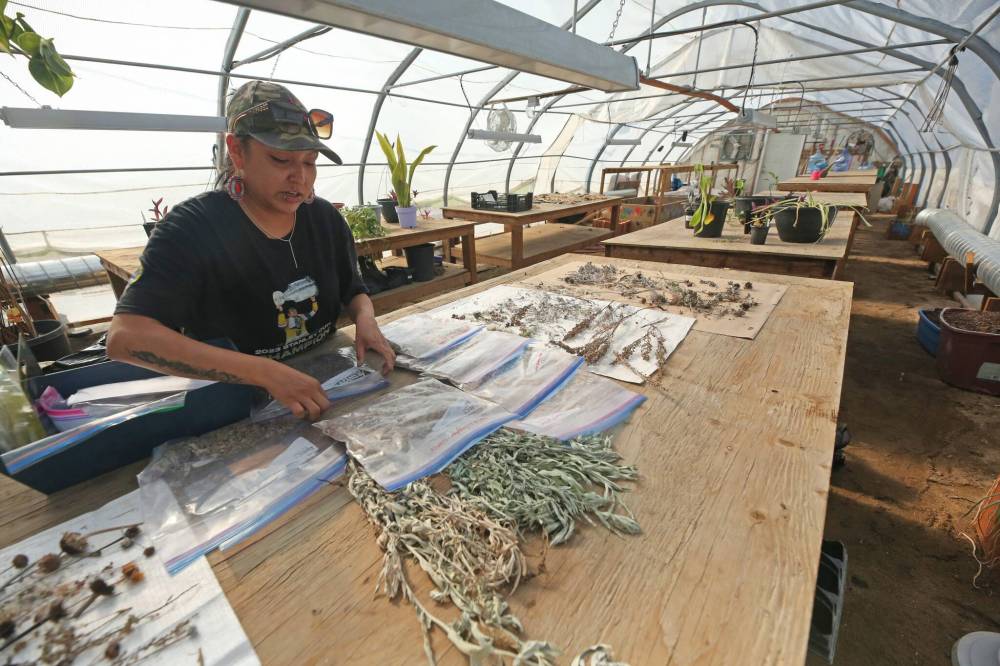
“We couldn’t have thought of anyone better than (Skinner) to teach our kids,” said Sioux Valley land manager Adam Subject. “He’s literally an ex-teacher and principal right? When you have someone with that type of experience, that type of expertise, literally designed to teach children and putting our youth into those positions to collect those seeds, I think you have a recipe for success.”
Eight summer students are working with McIvor at the community garden, as well as the reserve’s prairie restoration project.
“So the high school, they do assembly student program for those that are going to be finishing their studies soon. It just gives them a chance to work during the summer with one of the departments here in Sioux Valley and kind of get hands on learning of how it is to work. And it doesn’t have to be just exclusively for high school students. It can be for those like, say youth workers and I think that’s from 18 to 30.”
McIvor says there appears to be a growing appetite among community members to learn more about native plants and how to grow them.
“There’s lots of people that just started gardening again this year, and it’s becoming a big thing in the reserves,” McIvor said. “So I think if they learn more, and they know more, and as we start making more awareness for them that we’re doing this, then I think there’s going to be a lot of interest.”
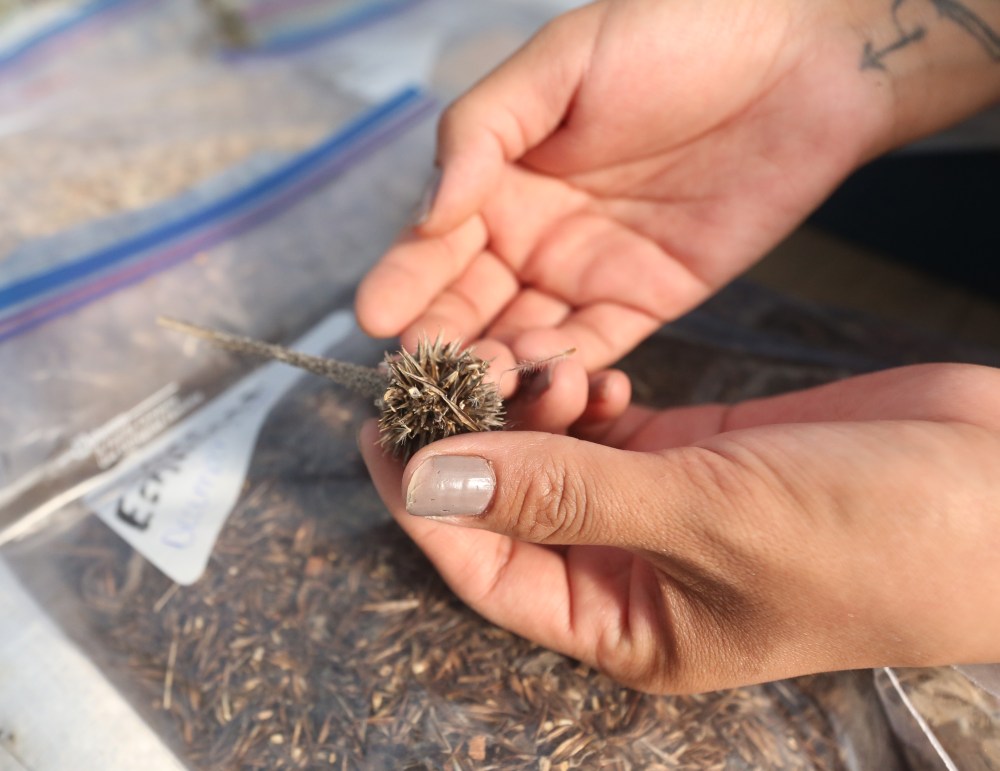
As part of the restoration project, Skinner and the Sioux Valley committee group planted native seeds on 98 acres of bison pasture land this spring that will start to resemble the restoration project at the Ellice/Archie Community Pasture in the next few years.
Eventually the plan will be to take many of the wildflower seeds harvested last fall and begin planting them in both test plots and in the restored pasture land. In fact, Sioux Valley is looking to go into native wildflower seed production in a big way, making it a major economic project for the community. McIvor says they’re even in the process of building a new greenhouse that will help push the project forward. That’s the aim, at least.
“To eventually have that, enough seeds to be able to get started on that, and to be able to bring the reclamation back to Sioux Valley as well, too. But yeah, once we get really going and really started, this will become second nature. Then, for sure, I’d like to really bring up that population and share it with your surrounding gardeners.”
Sitting back in his truck after taking the Sun to tour the Ellice/Archie pasture, Skinner says he would welcome another seed producer in the region, particularly because large-scale native seed operations are so scarce. Having more groups involved in the effort to restore native Manitoba grasslands would help preserve what remains of a threatened prairie ecosystem.
“This is on the edge of the mixed grass in the Parkland,” Skinner says, indicating a stretch of unbroken native prairie outside the cab. “And those aren’t quite as threatened as, say, the tall grass prairie but tall grass prairie is basically being eliminated in North America. And the only way that we’re going to see it is if we put some work into restoration.
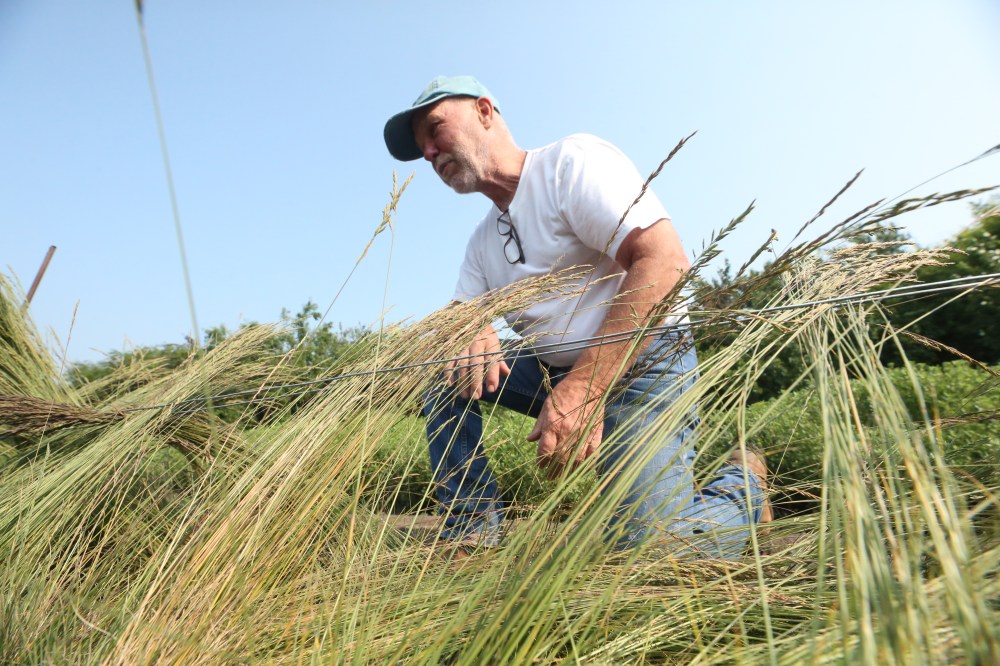
“And it’s not ideal, I think it’s more important that we hang on to those little the remnants that we still see. But if we can expand them using native plants, native grasses, then I think that’s a really worthwhile thing to do.”
» mgoerzen@brandonsun.com
» X: @MattGoerzen
